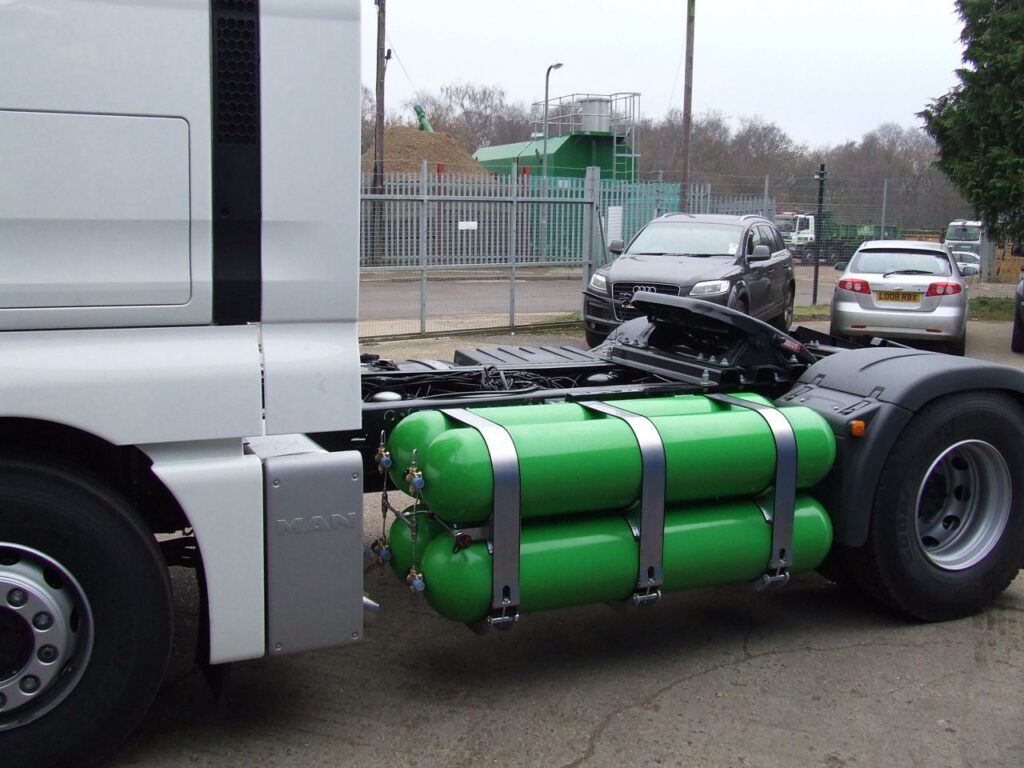Gasfield Equipment & Supplies
We Know Natural Gas. Naturally.
Natural Gas exploration, production, distribution and custody transfer can be complicated, requiring skilled engineering, specialized equipment, and precise, trustworthy instrumentation for measurement. Petrogas can provide exactly what you need, from production and distribution expertise and equipment to real solutions for Custody Transfer and Flow Measurement applications.


The Invisible Issue
One issue with Natural Gas is being an “Invisible Commodity”. You cannot see it, smell it, or taste it. Thus, it is imperative that the instrumentation and gauges used are of the highest quality and reliably accurate. From extraction to processing to the final product being shepherded via pipeline or truck for sale, accuracy that can be trusted is vital. Petrogas offers both its expertise and unrivaled equipment supply to ensure a reliable process at every step of the supply chain.
Here is some of the equipment we offer:
Flow Meters of All Types:
Orifice, Ultrasonic, Coriolis, Turbine, and Complete Meter Tubes provided separately or as complete measurement skids.
Quality Analysis Devices:
BTU Analyzers (Gas Chromatographs) and Moisture / H2S / Carbon Dioxide / Oxygen Analyzers. For Quality Analysis we can provide you with Sample Conditioning Systems delivered separately or as a complete Analyzer Enclosure and Shelter.
Other professional services and equipment offered by Petrogas include but are not limited to:
Flow computers and Remote Terminal Units (RTUs)
Volume Correctors, Pressure Recorders, SCADA Software, and Remote Communications.
Moisture Filters, Sample Probes, Natural Gas Filters, Filter-Dryers, and Sample Conditioning System Components.
Natural Gas Odorizer Systems.
Combustible Gas Detection and Flame Detection for personnel and asset protection.
Flame and Detonation Arrestors, Tank Vents, and Pressure Relief Vents.
Pressure, DP, and Temperature- Transmitters, Transducers, Switches, Wireless Instrumentation, and Thermowells.
Choke Valves, Safety Relief Valves, Control Valves, Gauge Plugs, and Probes.
Gas chromatograph Buildings.
Fuel Gas Skids, Main Line Valve Settings, and Pig Launchers & Receivers
Meter Tubes, Pipe Supports, and Facility Piping.
Why This Matters
At Petrogas, we understand that owners, operators, regulators, consumers and the public cannot easily manage, appreciate, or accept as fair what they cannot measure. So the accepted accuracy of the equipment becomes paramount.
The processing of natural gas is also quite complex, as the byproducts of processing can be sold. Some processing factors consist of:
Btu content
Water content
Carbon dioxide
Hydrogen sulphide
Liquefiable hydrocarbons
Here’s a closer look:
a) Btu content is the measure of the heating value of natural gas that is free of moisture. Contractually, natural gas may be defined as “dry” if it contains less than seven pounds of water vapor per thousand cubic feet (Mcf). This standard of measurement reflects the conditions under which natural gas is usually delivered into the pipeline system.
b) Water content is the actual measure of water vapor in the gas stream. If the content is too high (more than seven pounds per Mcf), dehydration may be required to remove the vapor before the gas is accepted into a pipeline’s system. Water vapor removal is accomplished by passing the gas stream through glycol solution separators (and yes, we have them.)
c) Carbon dioxide (CO2) is a naturally occurring compound in gas reservoirs. Its presence diminishes the Btu value of a gas stream. If found in too high quantities (>2-3%), extraction may be required before transport on a pipeline.
d) Hydrogen sulfide (H2S) is measured in grains per million. This is a poisonous, corrosive gas that must be chemically treated and removed if found more than four parts per million. Natural gas may be “sweet” and “sour”. Sweet gas has no measurable H2S that affects its merchantability. Sour gas has high enough levels of H2S that it requires treating or commingling with sweet gas to dilute the measurable level of H2S. The result is levels of H2S that are acceptable to pipeline systems.
e) Liquefiable hydrocarbons are heavier than natural gas (methanol) and may be economical to extract from the gas stream prior to sale if present in sufficient quantities. Some examples are butane, ethane, pentane, LPG, and natural gasoline. However, if they remain, the gas stream’s heating value will improve, resulting in a higher price to the producer.
With so much at stake, you need a partner you can rely on to advise, consult, and procure the absolute best equipment. That’s Petrogas Field Services. If we can help you in any way, please contact us here.
